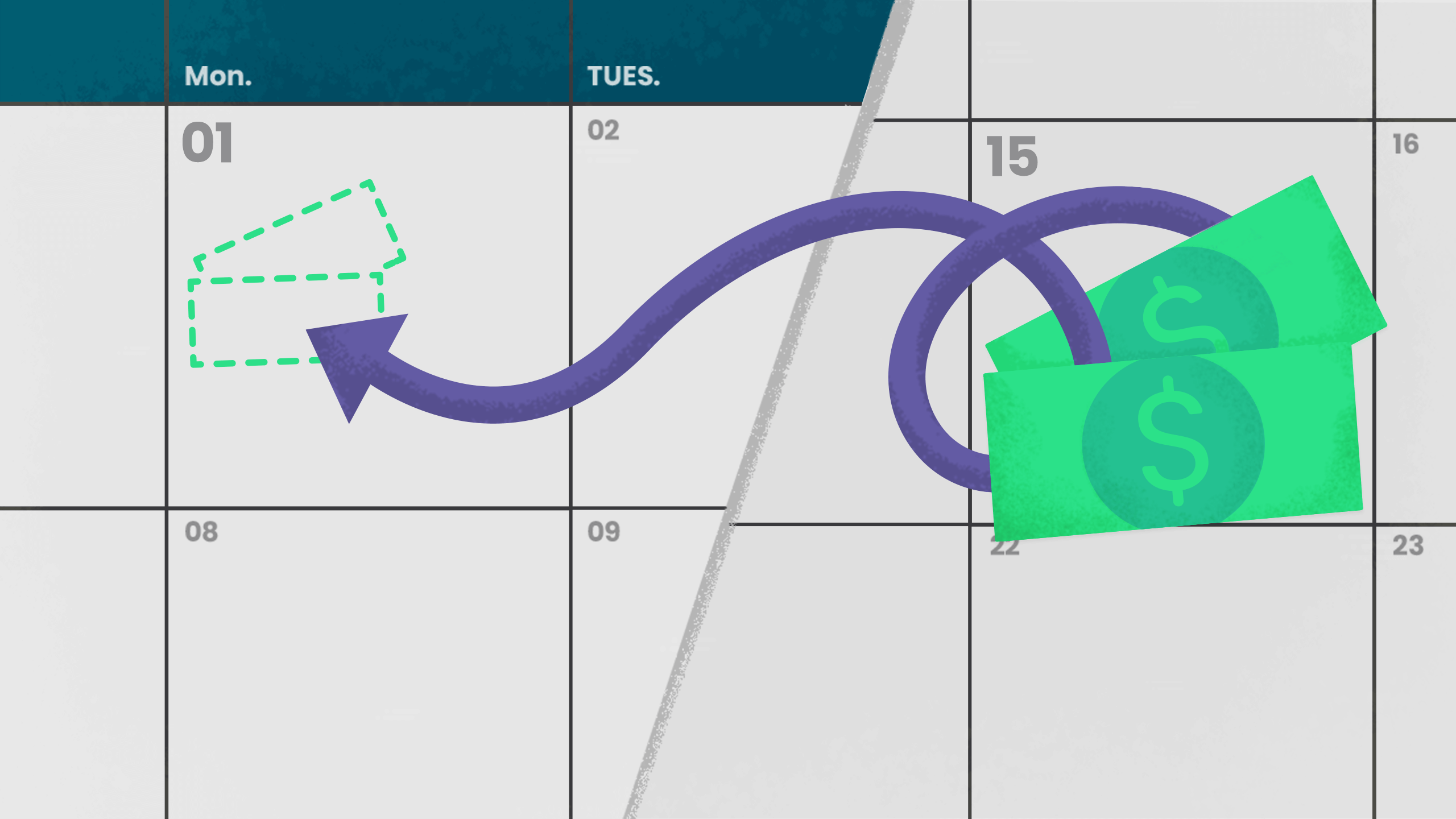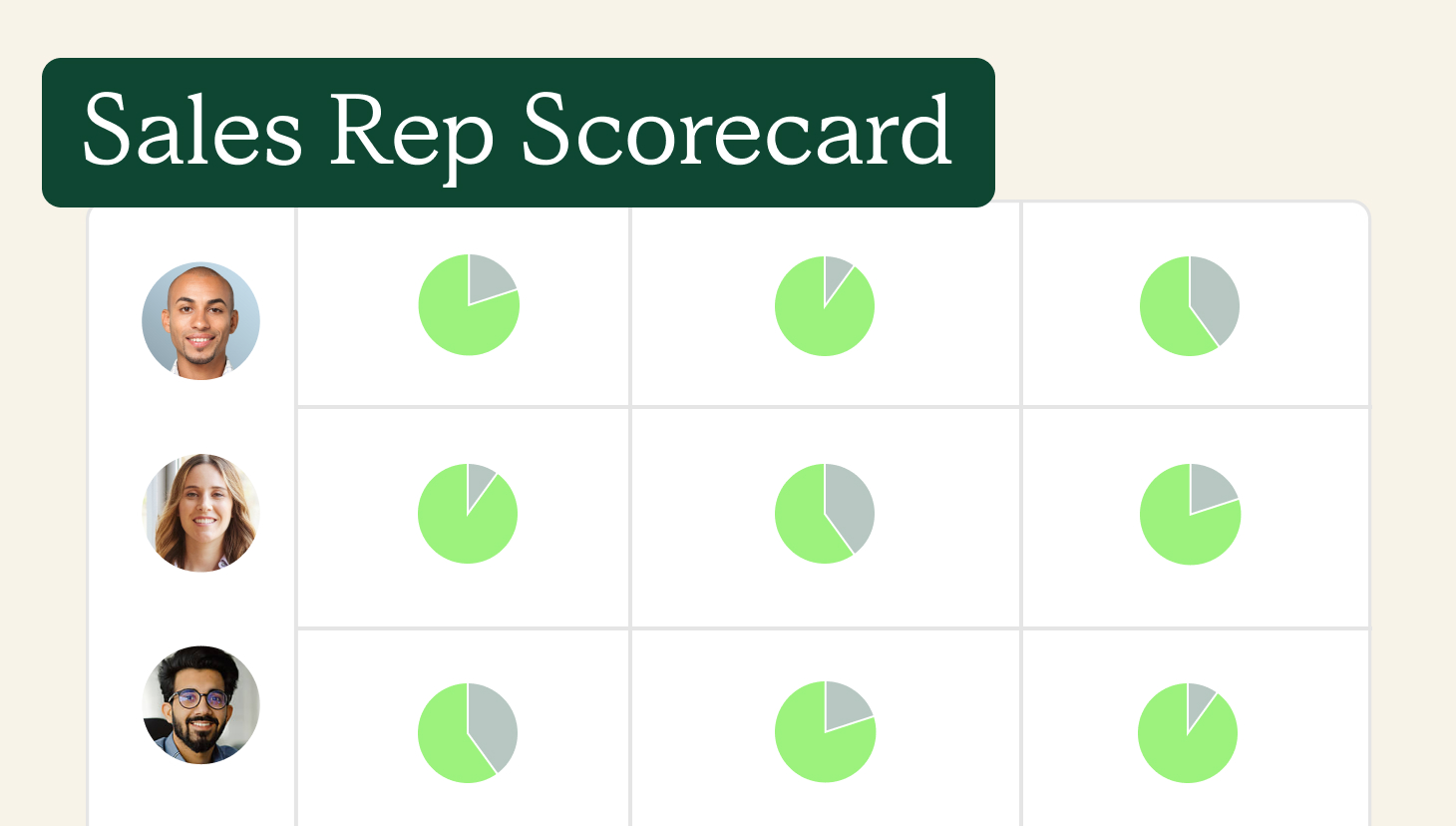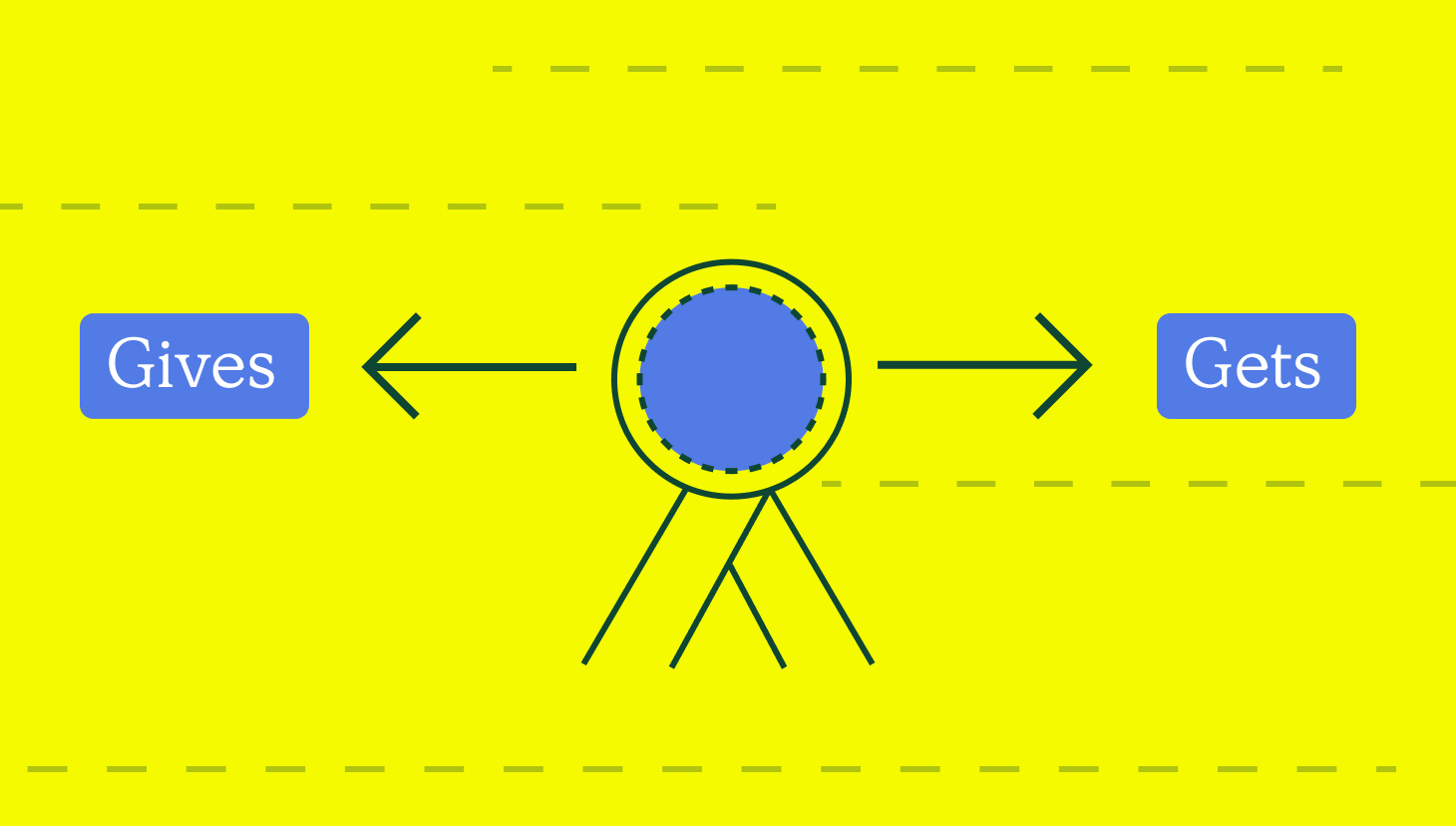In 2017, more than half of sales reps missed their quotas. A career in sales is the opposite of stability. Commission-based compensation is exciting when things are going well. When you’re new to the business or facing a tough market, relying on commission can feel significantly less thrilling. In some situations, a commission draw can help bridge the gap until conditions improve.
Try QuotaPath for free
Try the most collaborative solution to manage, track and payout variable compensation. Calculate commissions and pay your team accurately, and on time.
Start TrialWhat is a commission draw?
Since commission-based income is variable, sales reps can see huge variations in their payroll from month-to-month. A commission draw is an opportunity to borrow against future commissions. You get the money when you need it most and can pay for basic living expenses, such as bills and groceries. In a way, it’s similar to paycheck protection. There’s a good likelihood the money is coming, but having it now would prevent or lessen hardship.
There are two main types of sales commission draws:
- Recoverable draw: With a recoverable draw, the sales rep eventually brings in enough commission to repay their advance. If the commission is more than the initial draw, the rep gets the overage. If it’s less than the draw, the employee is guaranteed the original advance.
- Non-recoverable draw: Non-recoverable draws occur when a sales rep doesn’t earn enough commission to cover their draw amount. The rep typically gets to keep their advance, but this may spell an end to future draws.
How you choose to include a commission draw in your compensation package depends on your goal. Some companies use it to incentivize new hires throughout their sales onboarding. Others offer draws on a short-term basis during a transitional period. By flattening the payments out over several paychecks, it can also help make payroll much more predictable for those responsible for paychecks.
When should you use a sales commission draw?
There are several scenarios that might make sense to ask for or offer sales compensation before a commission is due. Helping out when times are tough can shield reps during changes within the company and prevent quality employees from leaving.
For reps who are starting out
A career in sales can be rewarding, but success doesn’t happen overnight. In fact, some experts say it can take as long as two to three years for a new rep to hit quota regularly. It takes time to learn the ropes and build up a client list. Once reps establish a routine and a rhythm, it’s easier to anticipate and plan for slow periods. In the beginning, though, a few down weeks or a subpar month can be devastating to their bank account.
A big project takes longer than expected to close
There’s a big deal pending, and someone on your team is about to get a check for a near-record amount. There’s just one problem. They’ve worked like crazy for three months to get from point A to Payday. Now the client’s net 30 terms mean they still have another few weeks before they have to settle their account.
A territory redesign
When mergers or account changes make it necessary to reconfigure sales territories, reps can see a temporary dip in commissions as they readjust. The ability to draw against commission eases the angst while everyone gets accustomed to their new portfolio and/or client lists.
Outside influences are wreaking havoc
New competitors. A risky product launch. Product recalls. A pandemic. Your #1 client goes bankrupt. Sometimes factors beyond your control have a very real, stressful impact on your finances.
When should you avoid a sales commission draw?
Offering a commission draw can be tricky for employers for several reasons:
- It may require extra staff-hours. It takes time to estimate future commission. Someone has to calculate the percentage that might go to a specific employee and do the paperwork to generate an advance.
- It could demotivate the rep. Commission-based compensation is effective because sales reps know that the harder they work, the more money they’re likely to bring home. Remove that incentive, and it’s possible that effort — and revenue — will drop.
- The money may never get paid back. While commission draws don’t technically get repaid, reps are supposed to earn enough to cover their advance. When that doesn’t happen, the company is left to absorb the deficit.
Streamline commissions for your RevOps, Finance, and Sales teams
Design, track, and manage variable incentives with QuotaPath. Give your RevOps, finance, and sales teams transparency into sales compensation.
Talk to SalesCan you use sales commission software for a commission draw?
Not only can you use sales commission software for a commission draw, you absolutely should. Most of those cons mentioned above can be mitigated if you have technology in your corner. Use QuotaPath to track all your commission needs. Set up takes just minutes, and then you’ll be able to understand earnings, automate payouts, and reduce mistakes.



